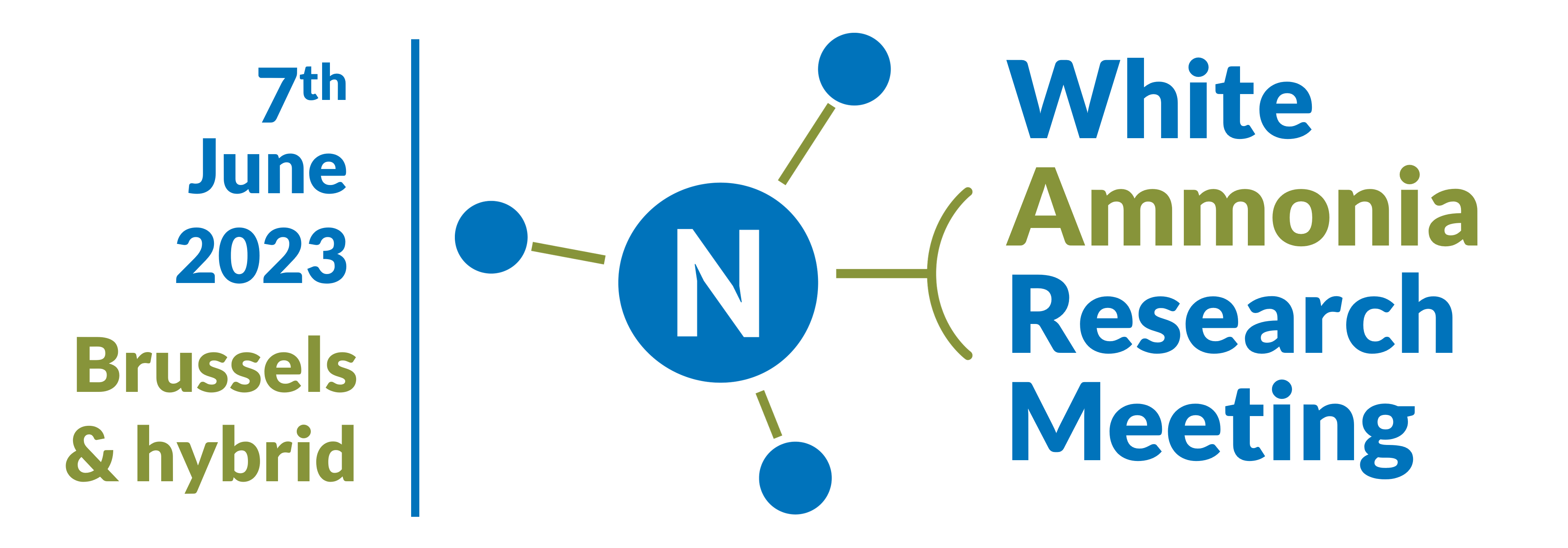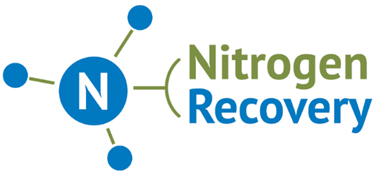-
1st White Ammonia Research Meeting (WARM)

ESPP’s first workshop on nitrogen recovery research took place on the 7th June 2023, Brussels and hybrid. The workshop attracted 70 participants in Brussels and 50 online.
A wide range of routes for reusing N in organic waste streams were presented. Different N recovery routes discussed included using waste streams to feed biomass production (algae, duckweed, microbial protein), N-recovery from separately collected urine, manure N stabilisation or local processing to organic fertilisers, recovery of ammonium sulphate solution, or production of ammonia gas for industry use (e.g. by adsorption from waste liquors or offgas followed by desorption as ammonia gas). Discussion suggested that ammonia sulphate solution is mainly adapted for local distribution to farmers (not economic to transport, even if concentrated, unless in specific use chains). Industry participants suggested that further R&D is needed on identified possible new technologies (adsorption/desorption by ionic liquids, geopolymers, recovery logistics for ammonia gas, recovery from NOx/N2O stripping) where information on feasibility is lacking or adaptation is needed of processes currently designed for other purposes, whereas researchers proposed more modelling studies.
Read the event summary in ESPP's SCOPE Newsletter n° 148.
What is “White Ammonia”?
Nitrogen recycling is not only ammonia recovery. Reactive nitrogen can be recovered from wastes and secondary materials in many forms, or stabilised as a useable product, rather than being “lost” back to the air as N2. Nitrogen can be recovered or stabilised as organic nitrogen, urea, ammonia salts, etc., from liquid streams (e.g. waste waters, digestates, where it is present as nitrates, nitrites, ammonia, organic nitrogen) or by scrubbing ammonia or NOx from combustion offgas and other gas streams, …
ESPP uses the term “White Ammonia”, as proposed by INMS (see SCOPE Newsletter n°145), to dialogue with initiatives on “blue ammonia” (low carbon ammonia, that is “brown” Haber-Bosch ammonia with carbon capture and storage) and on “green ammonia” (zero carbon ammonia produced using hydrogen from renewable electricity).
WARM (White Ammonia and N-recovery Research Meeting) will cover all routes for nitrogen recovery and recycling, including both mineral and organic nitrogen recycling routes, for local agricultural application, for processing into mineral or organic fertiliser, or for industrial uses.
-
Nitrogen Recovery science
ESPP summarised a selection of nearly 80 recent science publications on nitrogen recovery, with the aim of showing current state of the art in research and proposing conclusions on R&D needs. Read the summary in our SCOPE Newsletter n° 147.
-
Nitrogen Recovery Working Group
ESPP has established a Working Group to take forward actions on nitrogen recovery and recycling.
This Working Group aims to:
- Identify actions to support development and implementation of N-Recovery
- Define consensus proposals to submit to policy makers
- Set up and secure funding for an appropriate ‘structure’ to take this forward (including funding human resources necessary for group moderation).
Companies and stakeholders interested to participate in this Nitrogen Recovery Working Group (working committee functioning by online and/or physical meetings and email) should contact
The first meeting on Nitrogen Recovery has been organised in January 2023, in Brussels and online, and was open to technology providers and developers and to companies developing N recycling. SCOPE Newsletter n° 145 summary of the event is published here, and registered participants already have full access to slides, session recordings, edited chat, list of participants with emails via link sent by email.
-
Operator mapping and technology inventory
A Nitrogen recovery literature search, operator mapping and technology inventory has been carried out by Atkinson Tumbure and Olivier Bastin for ESPP. It is available for download HERE.
